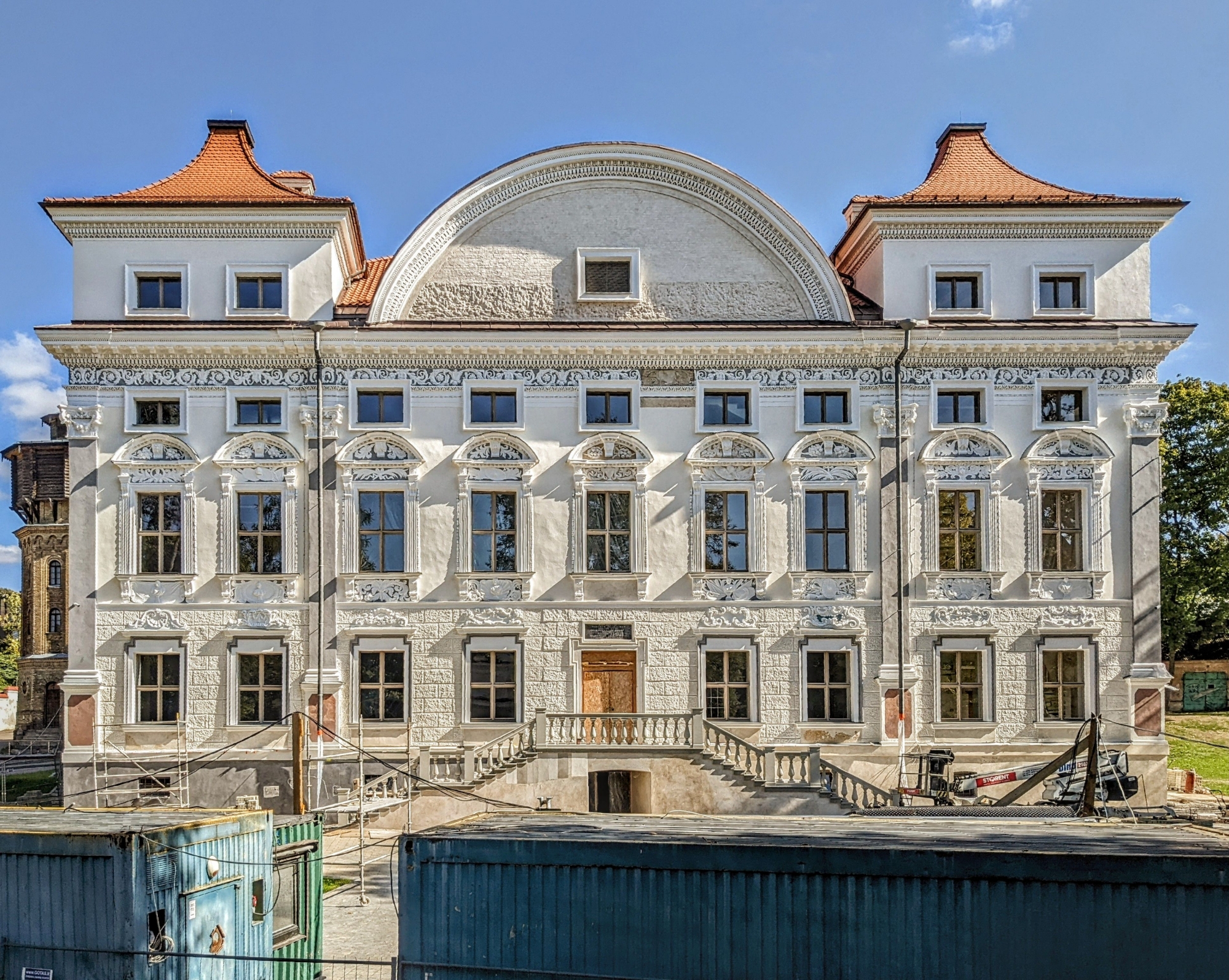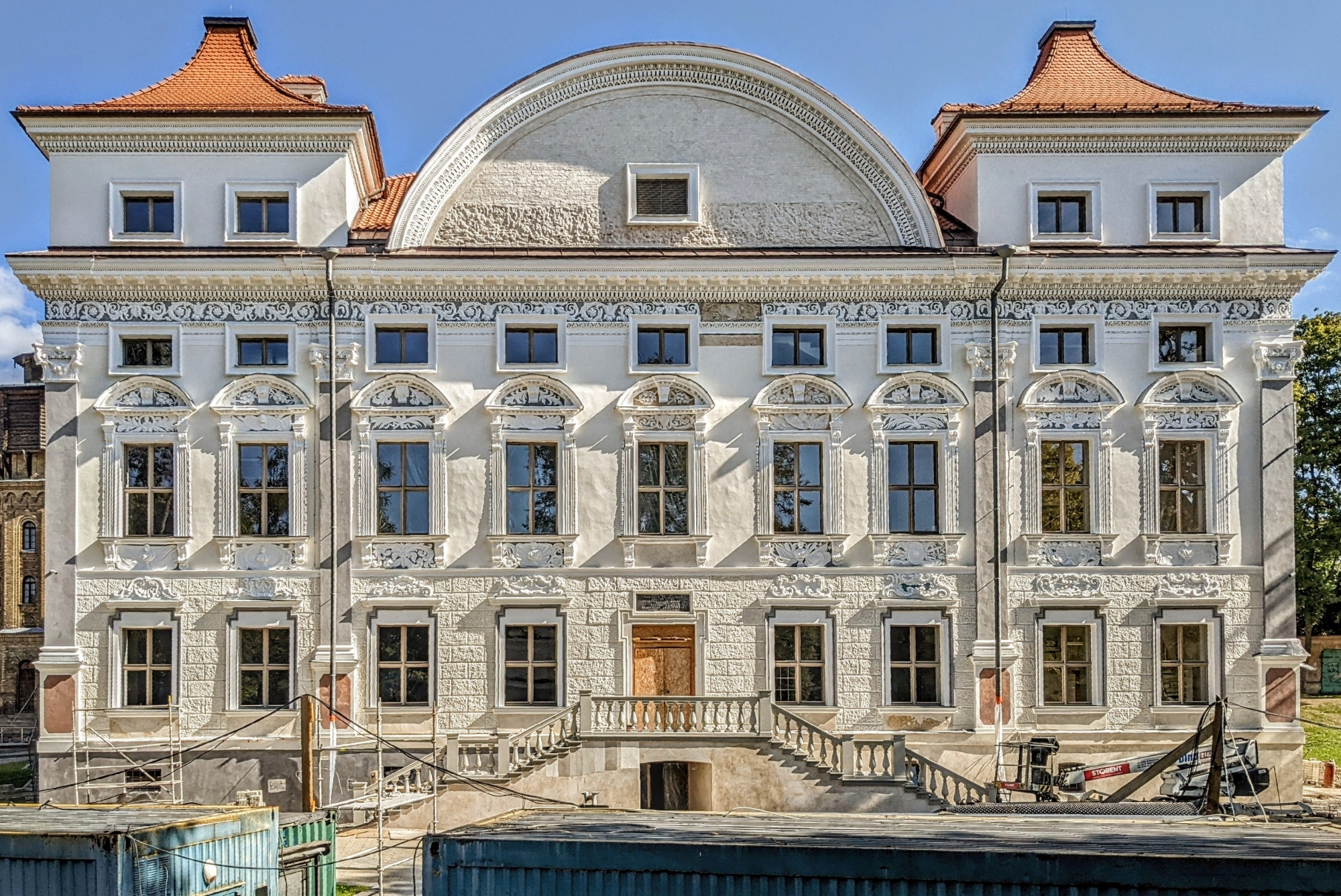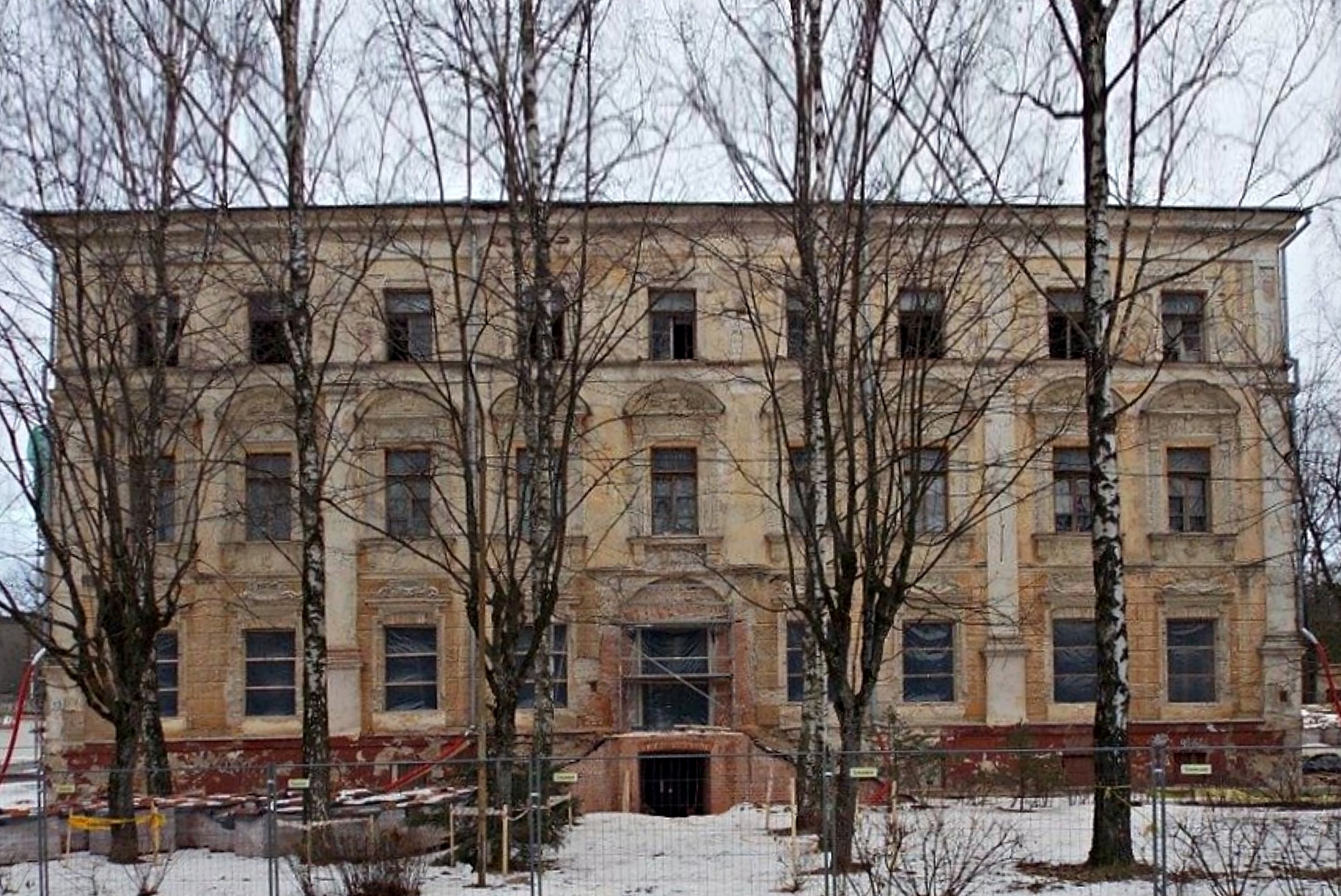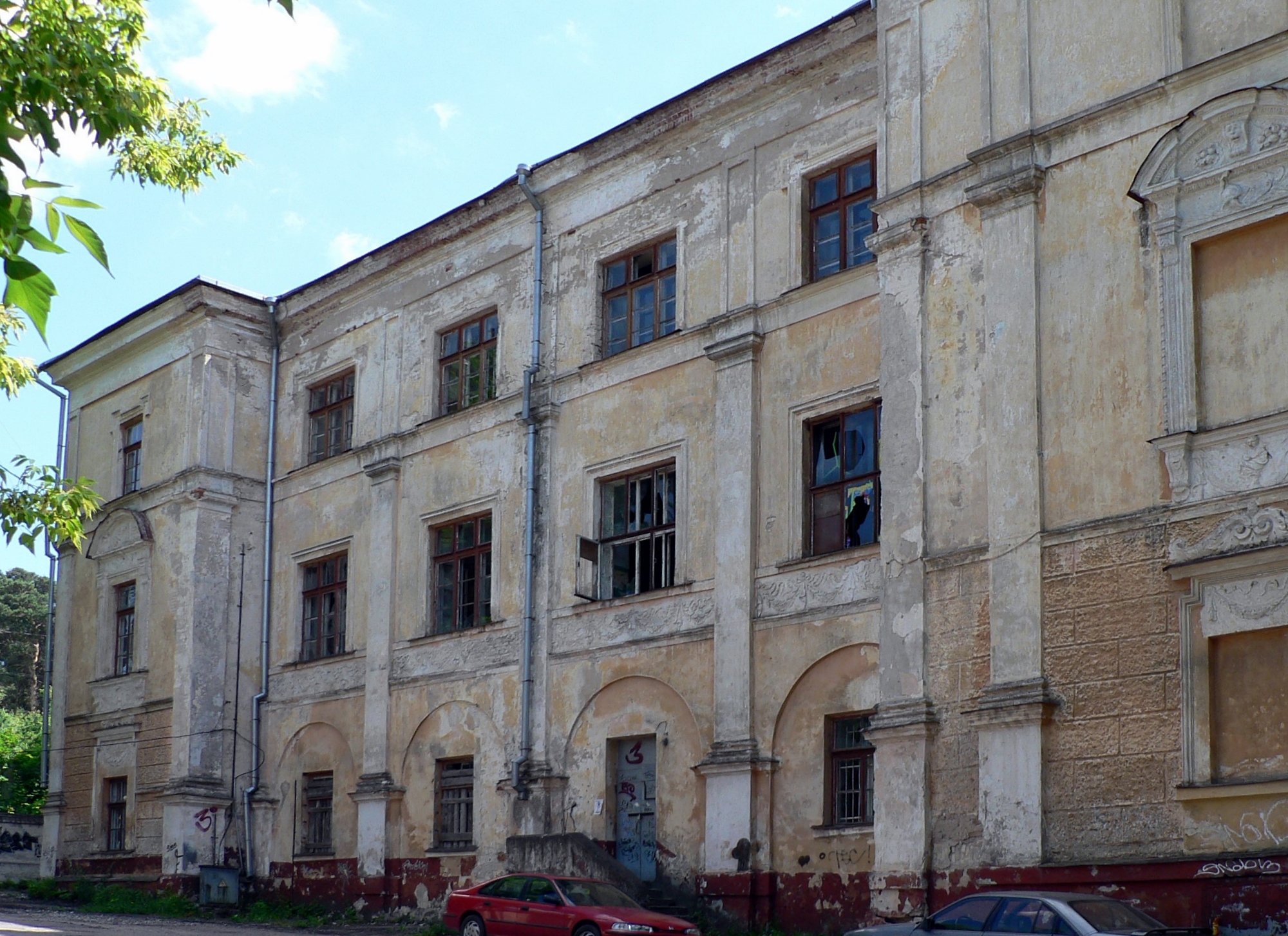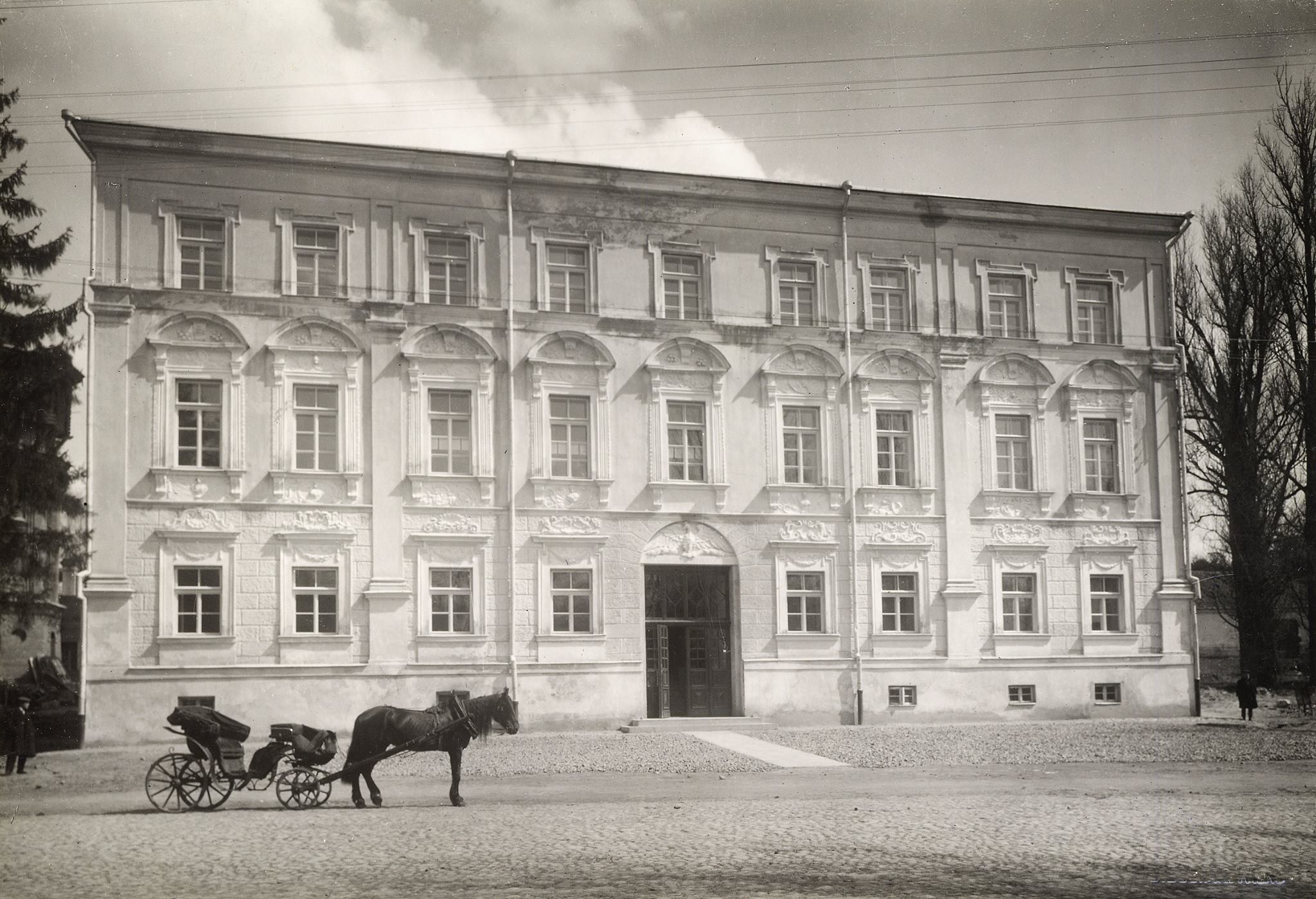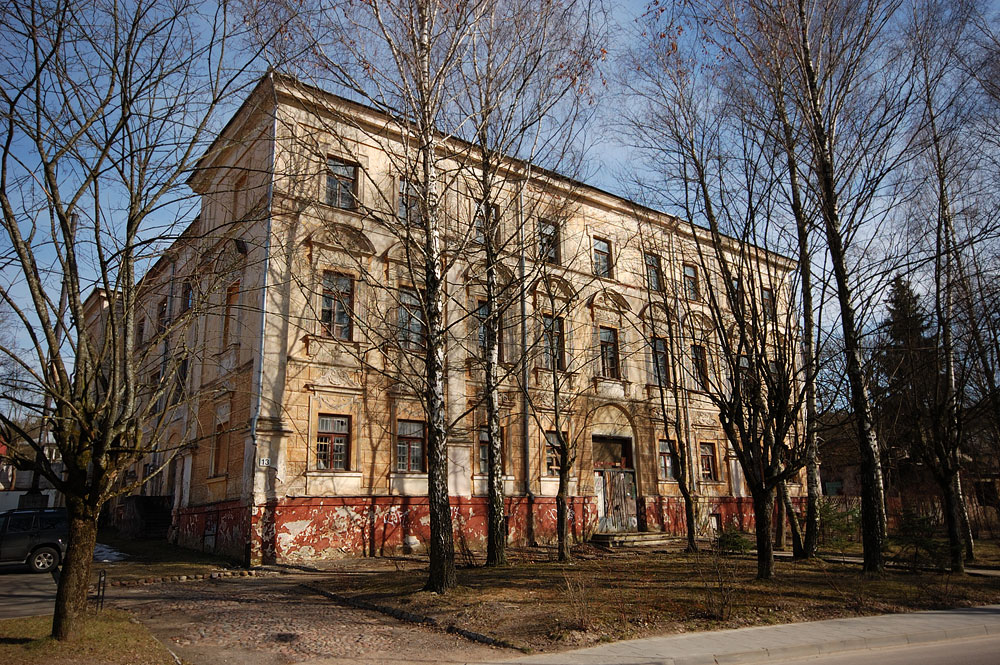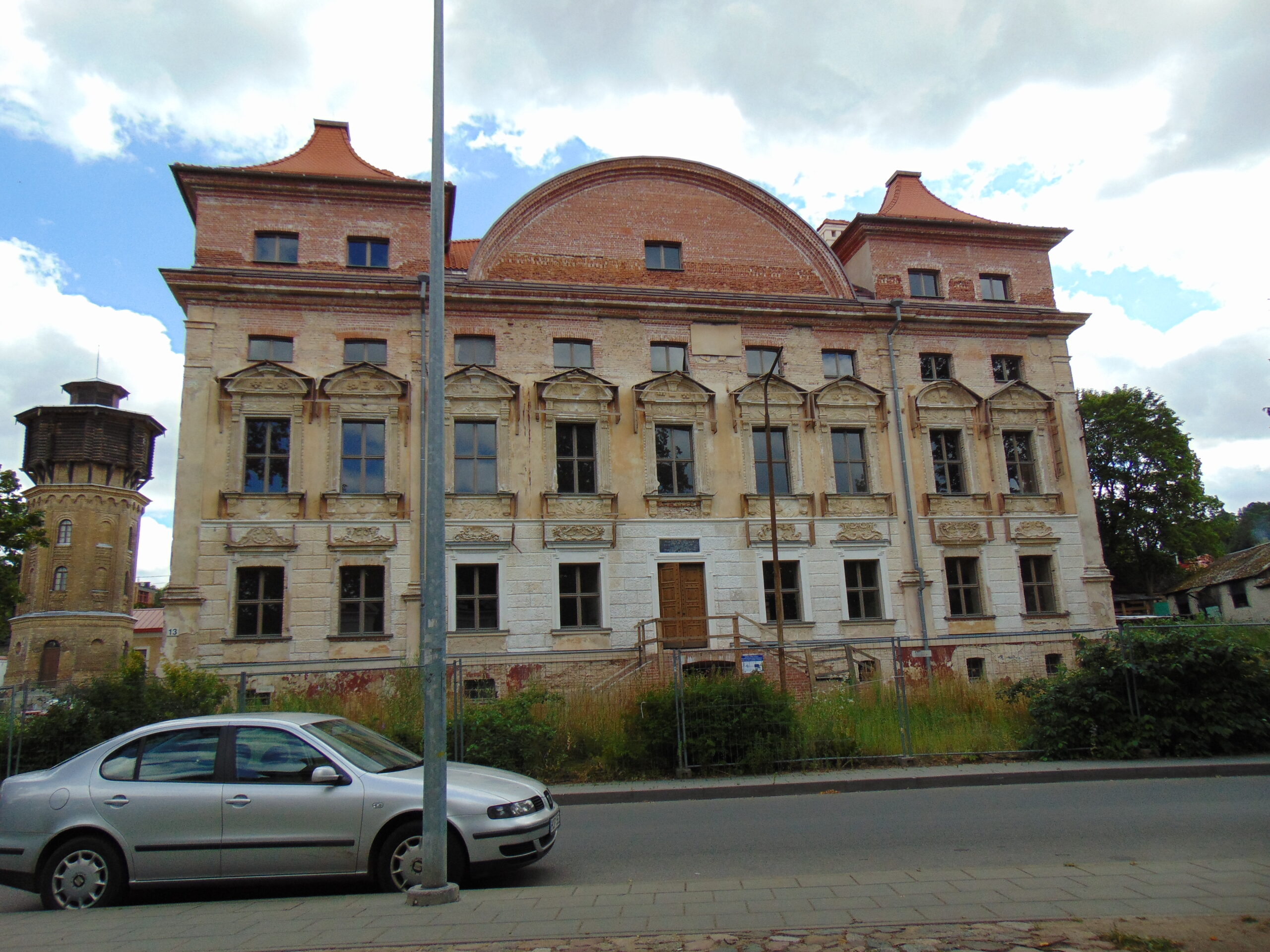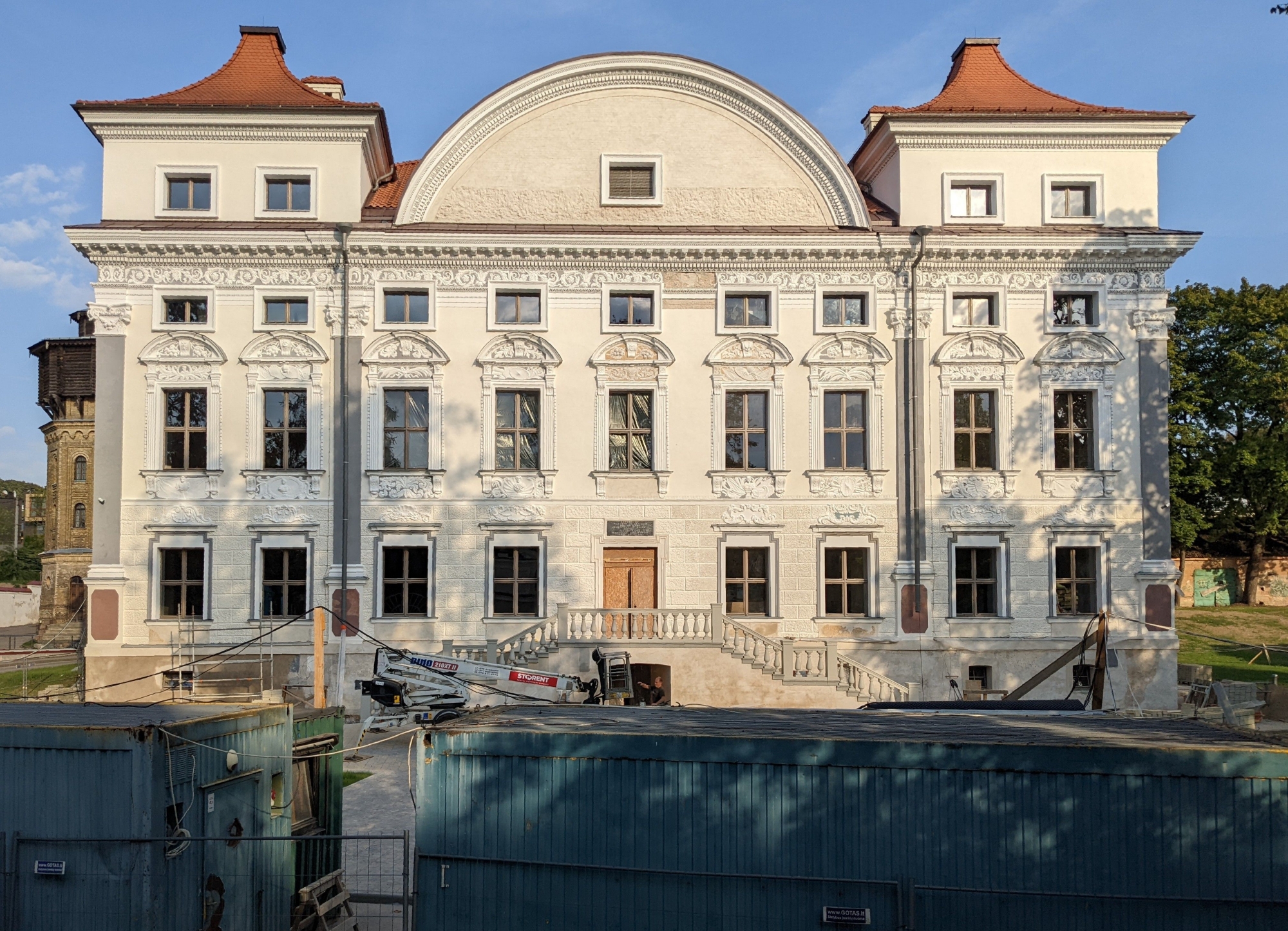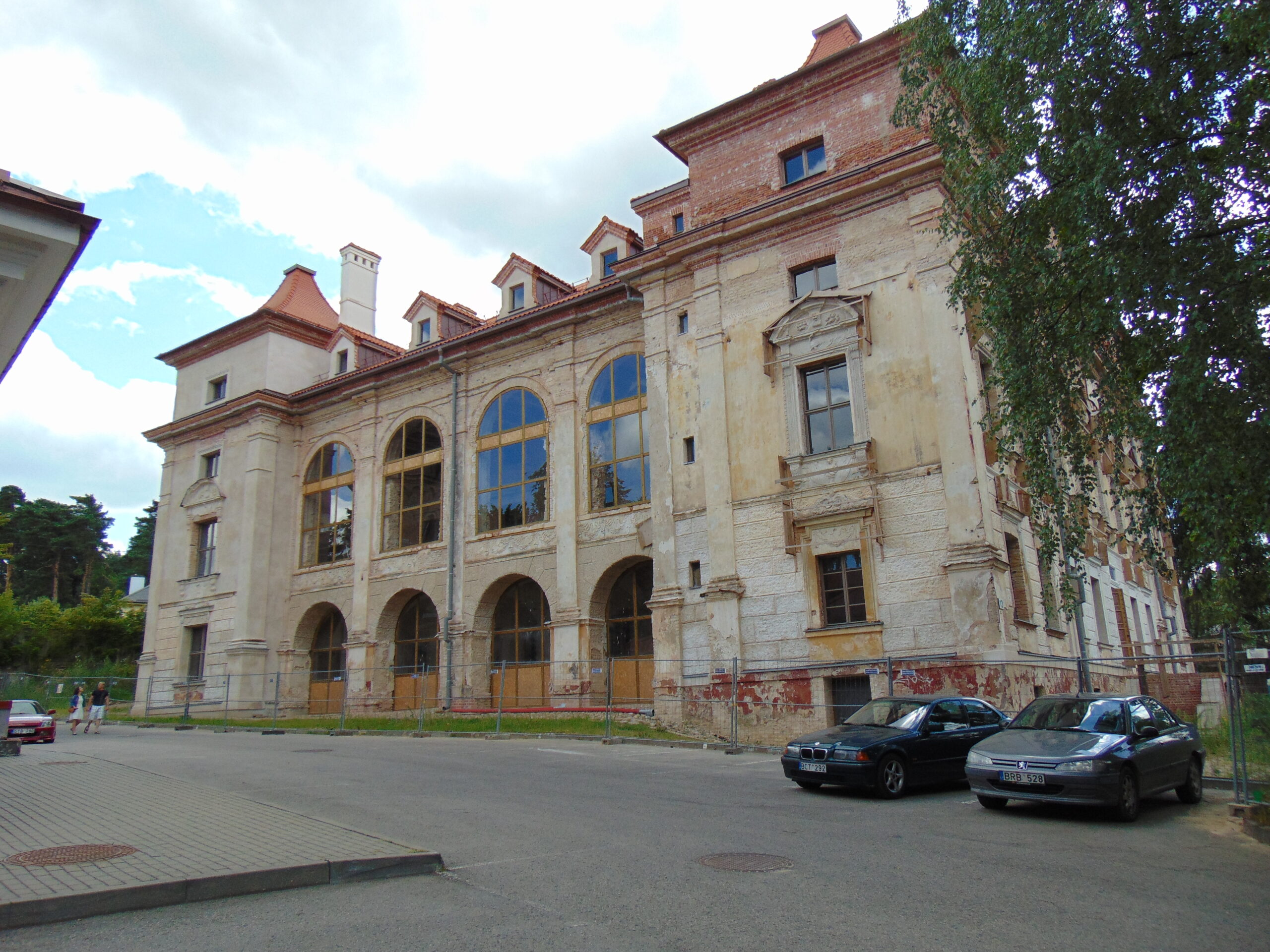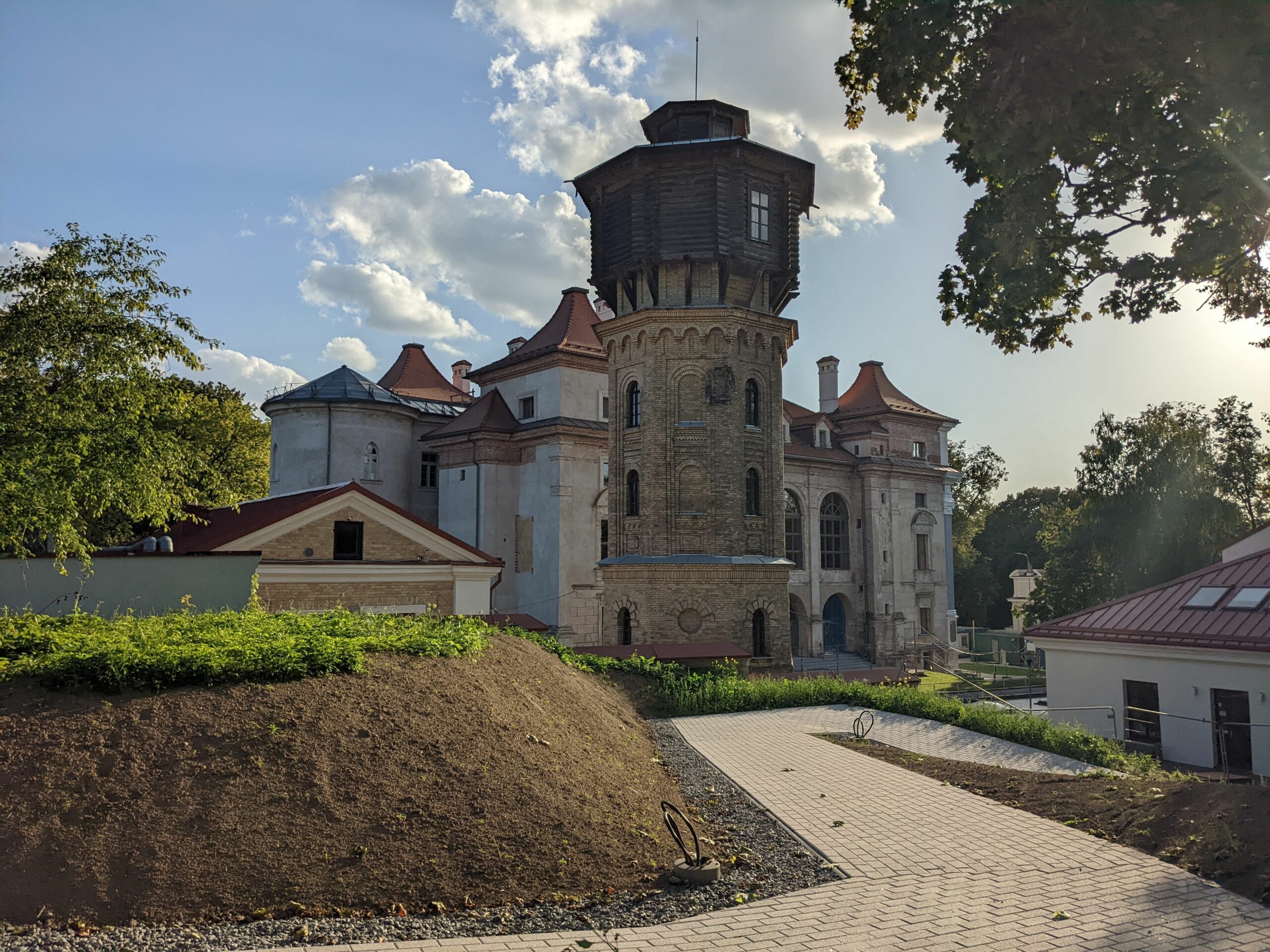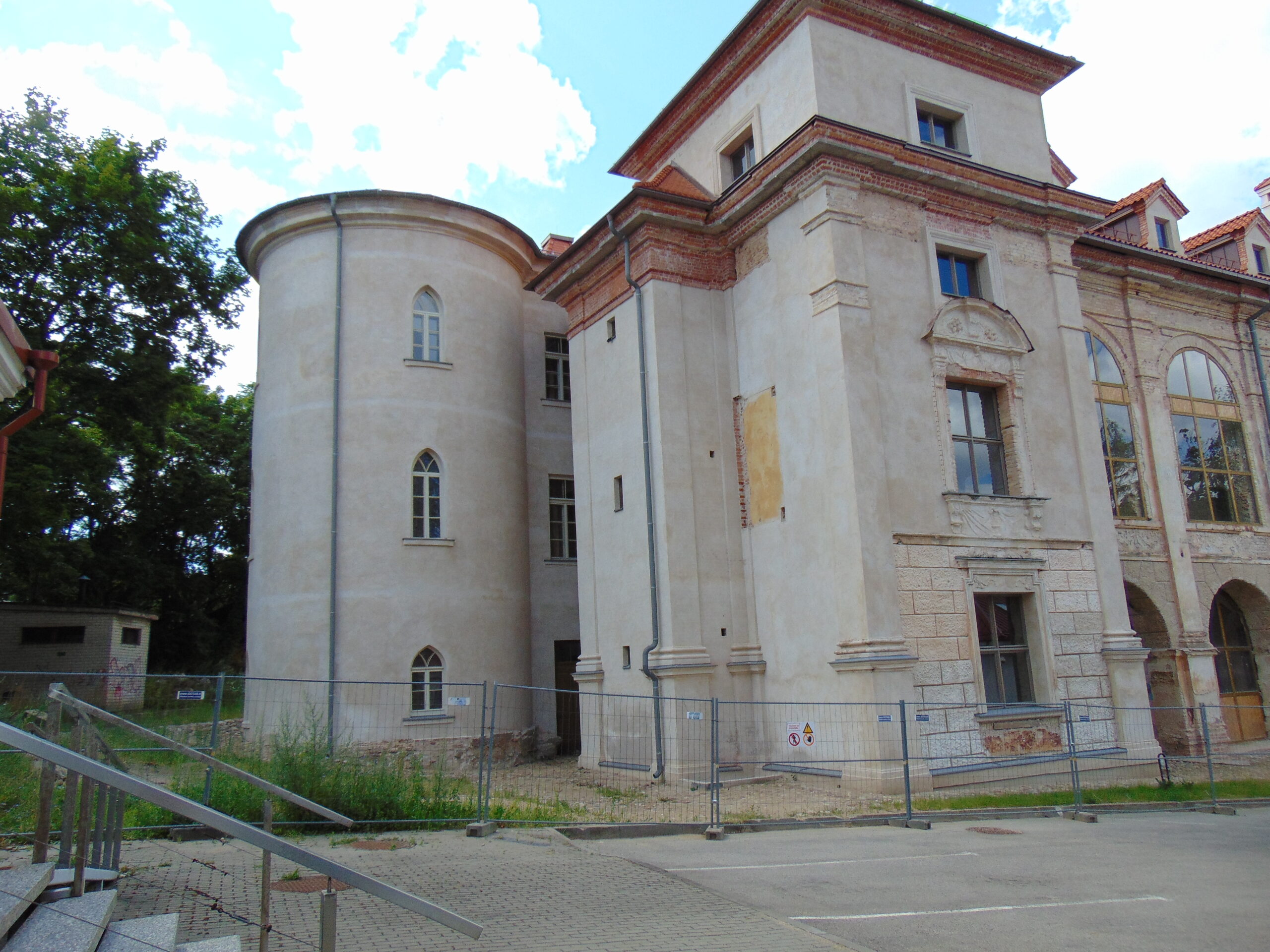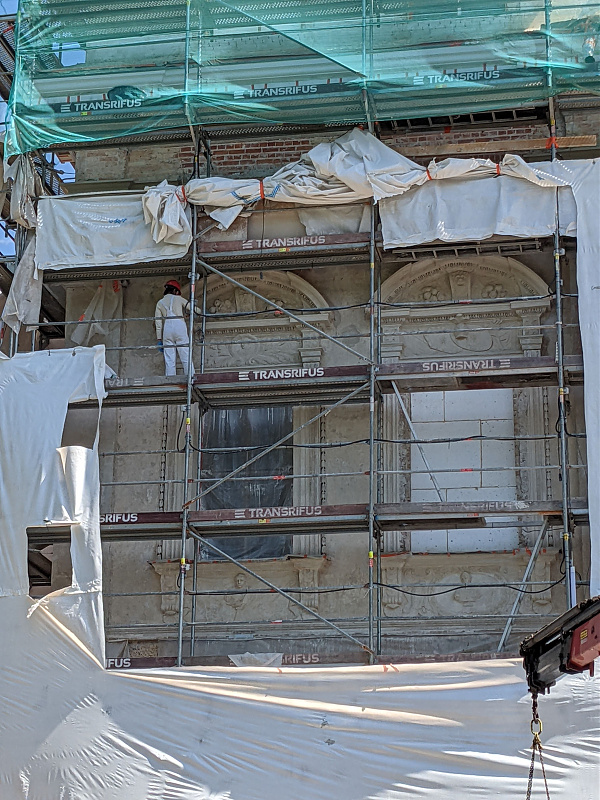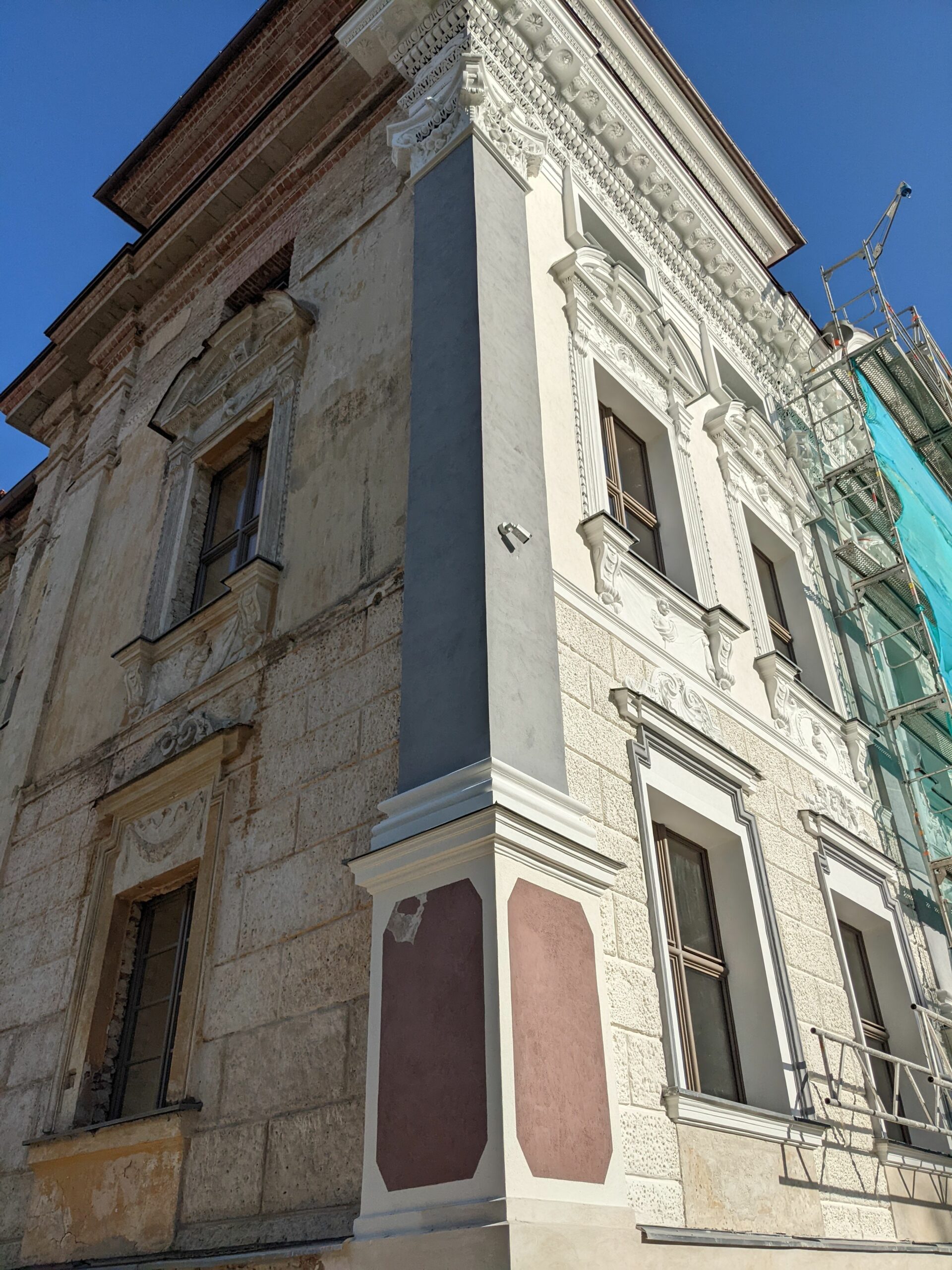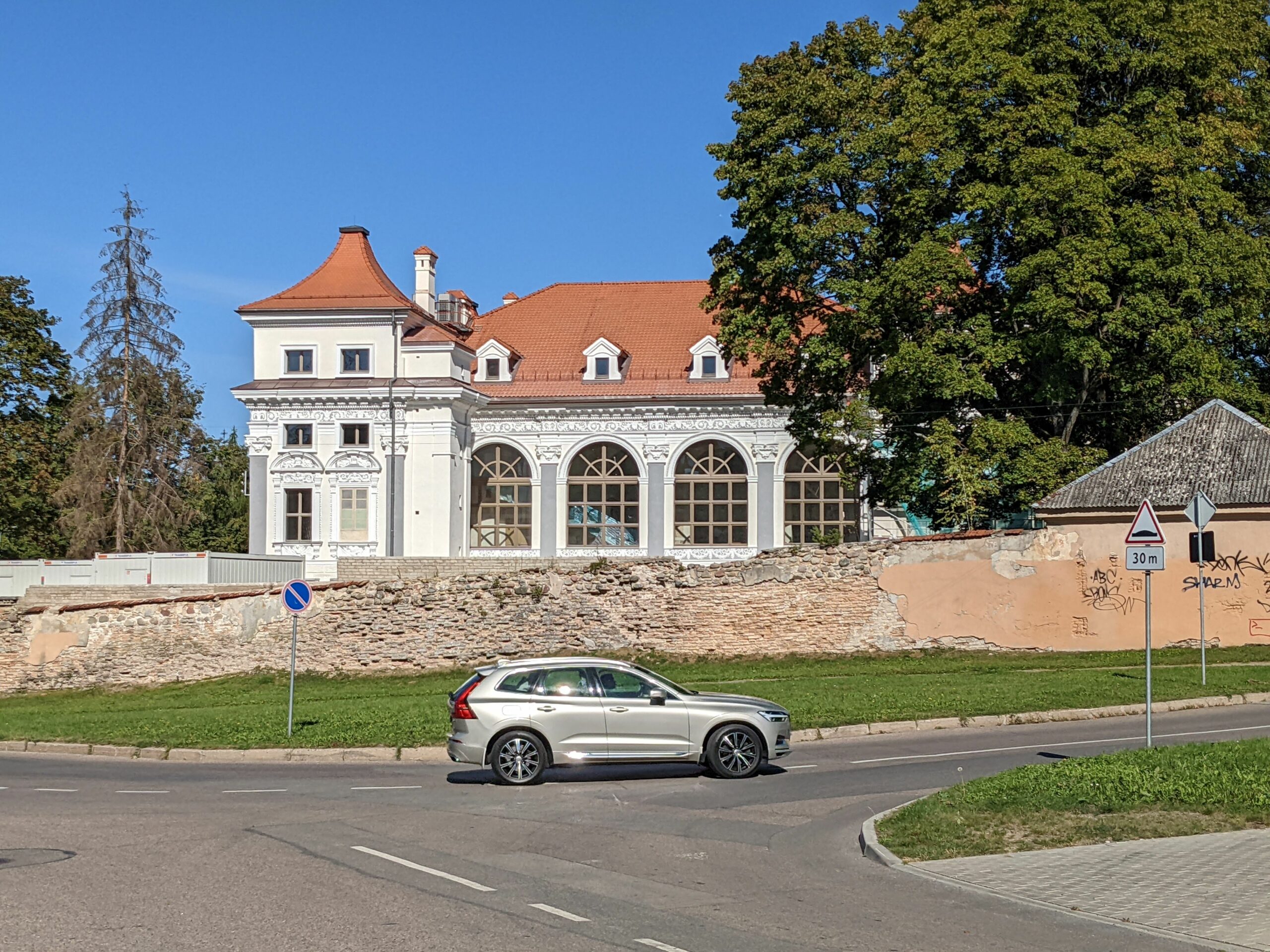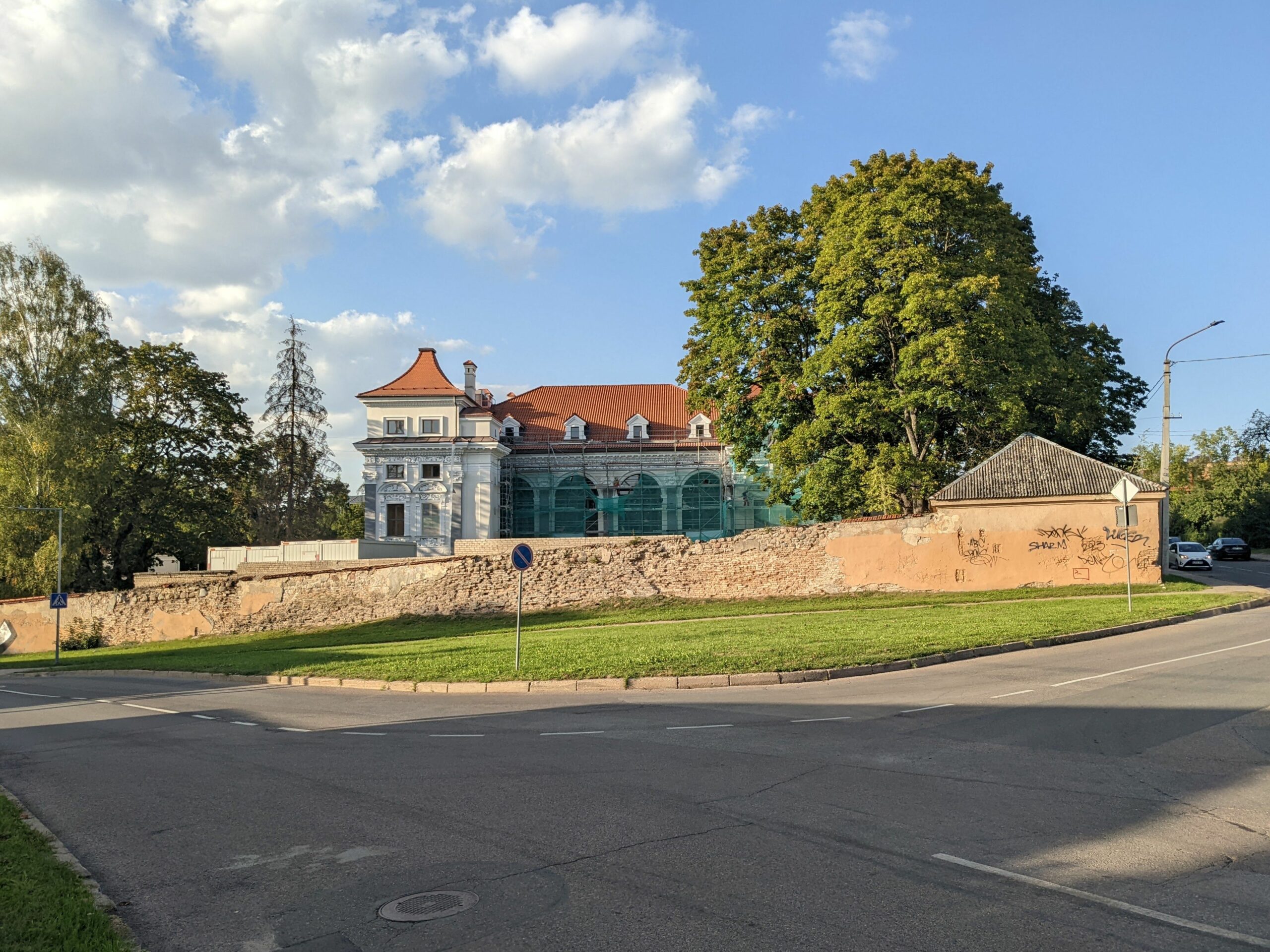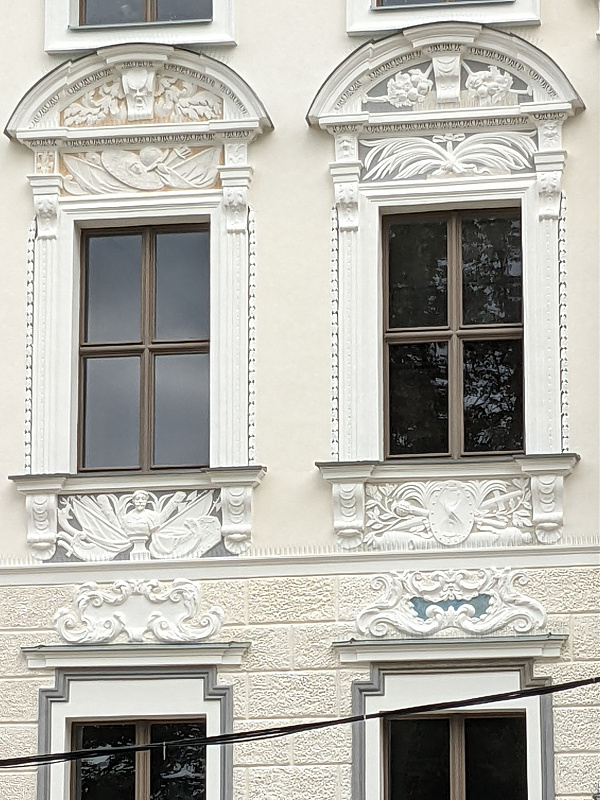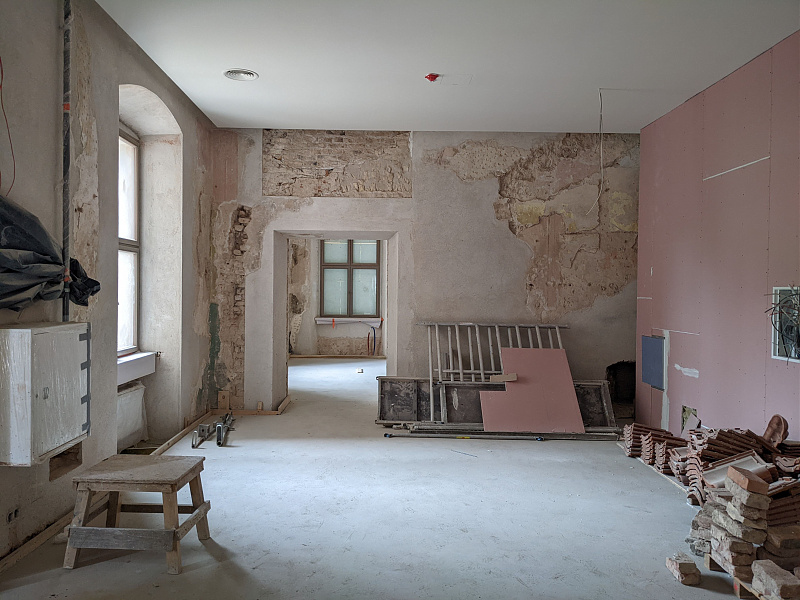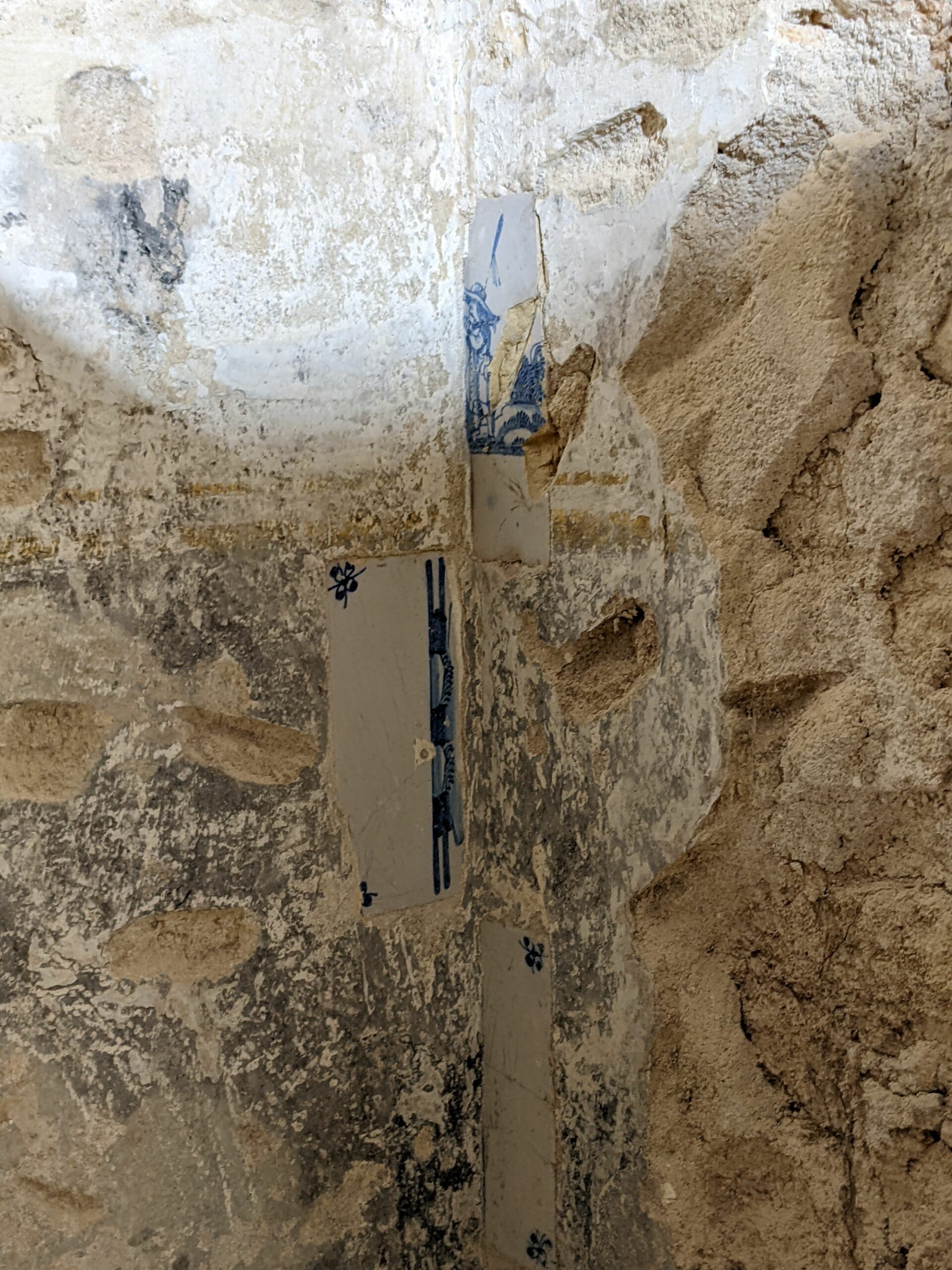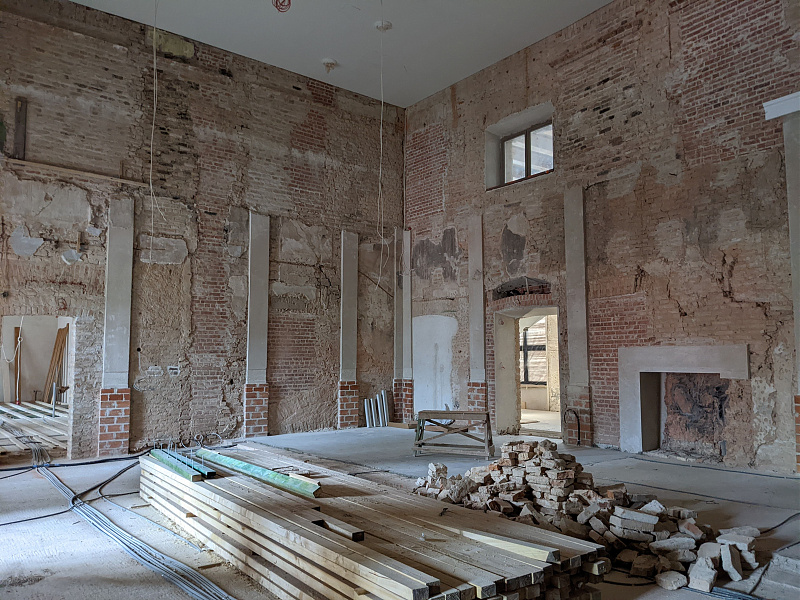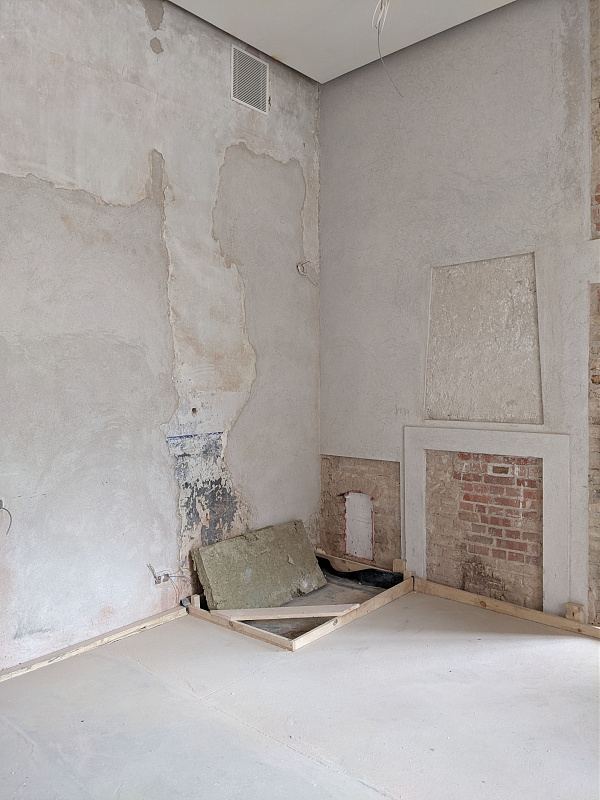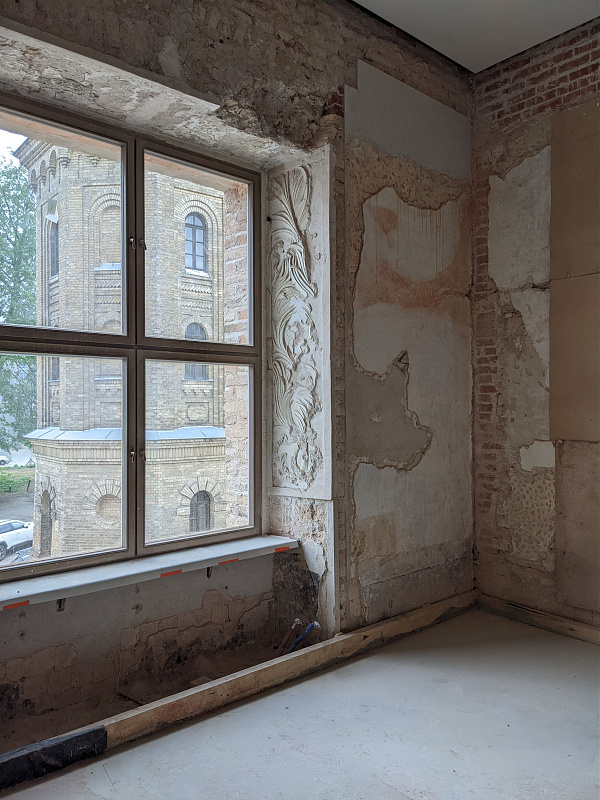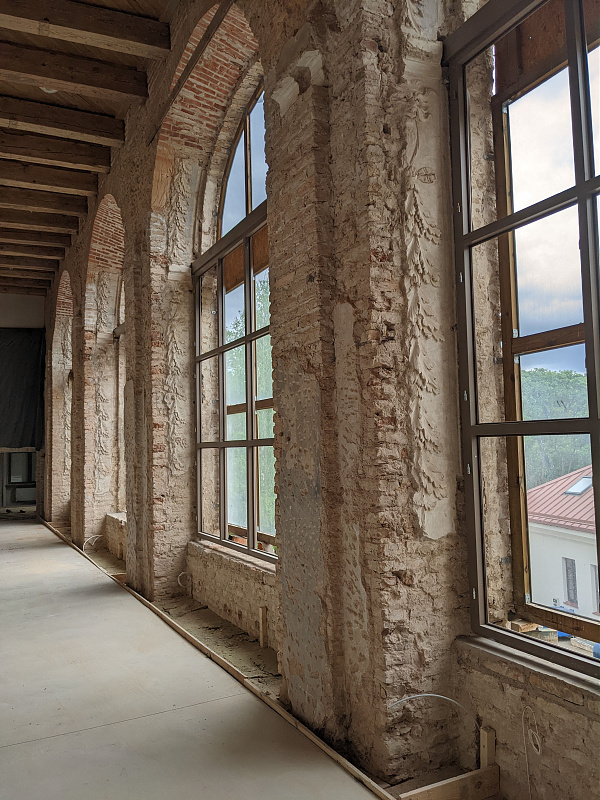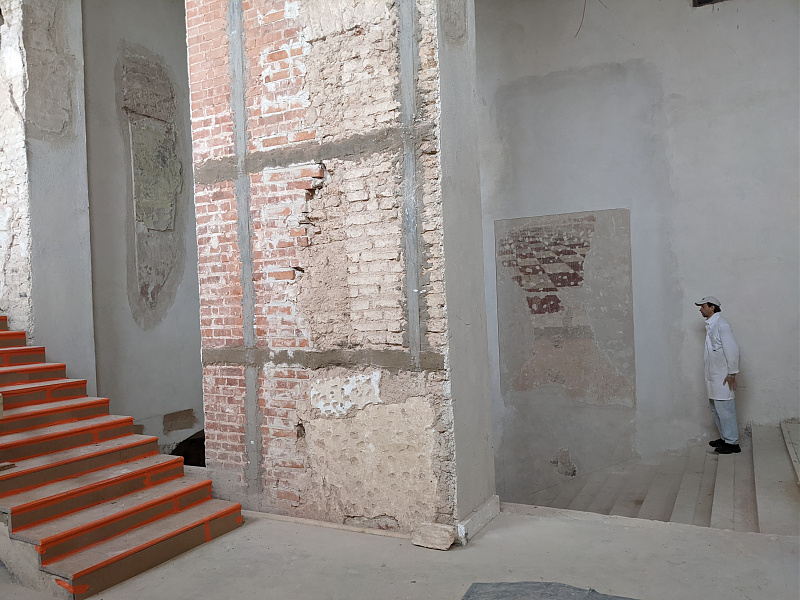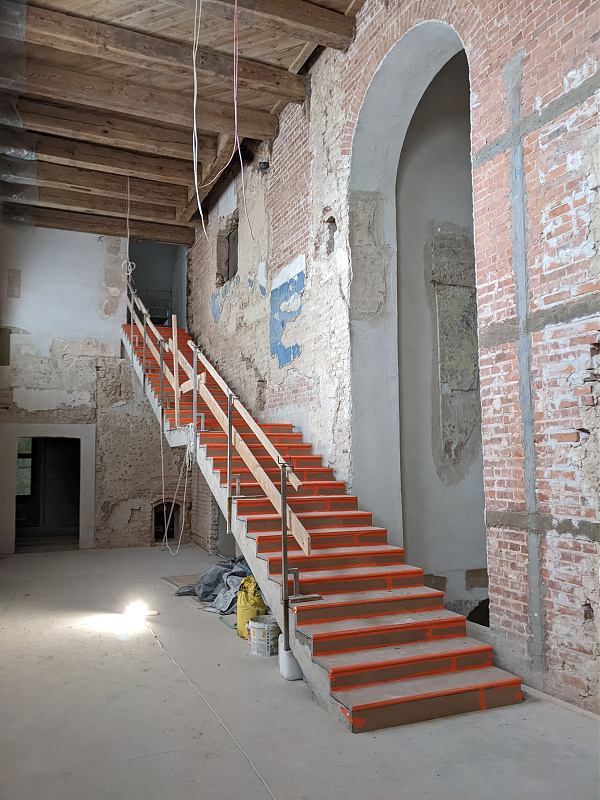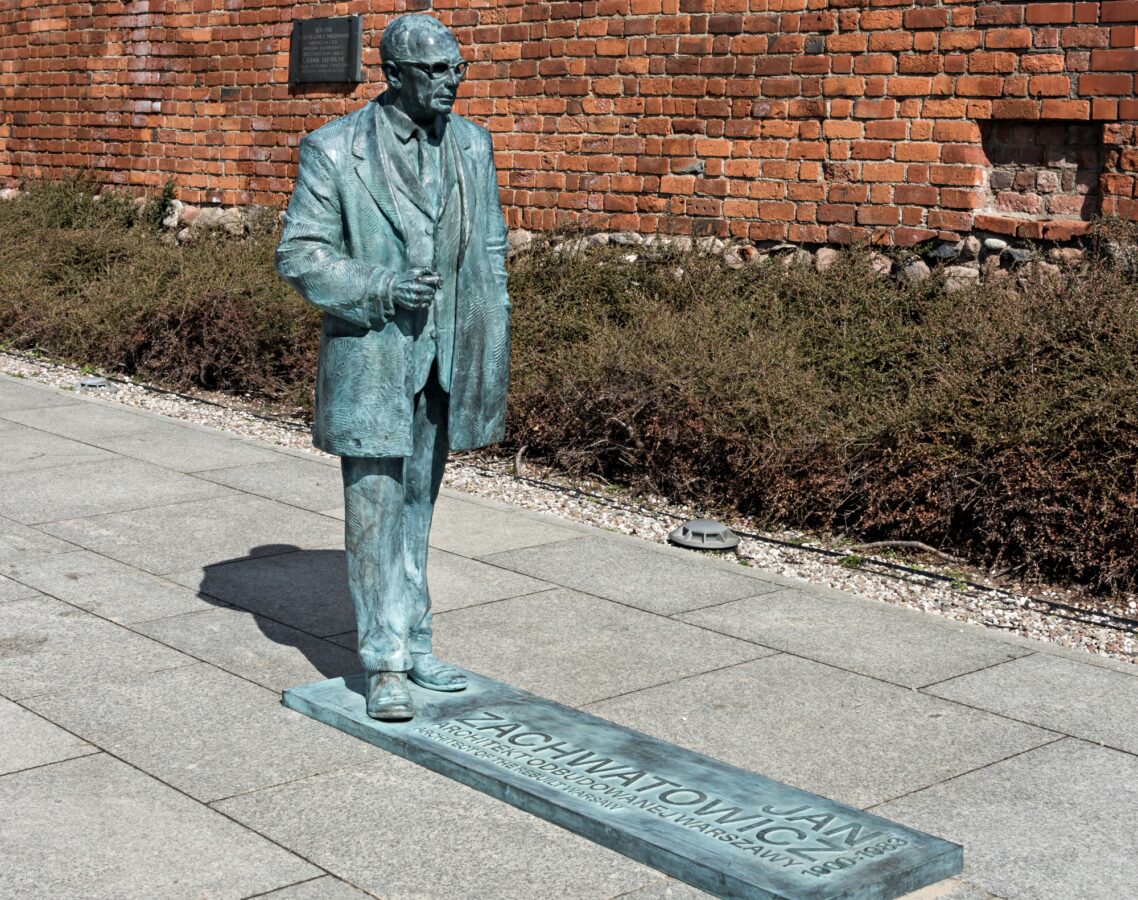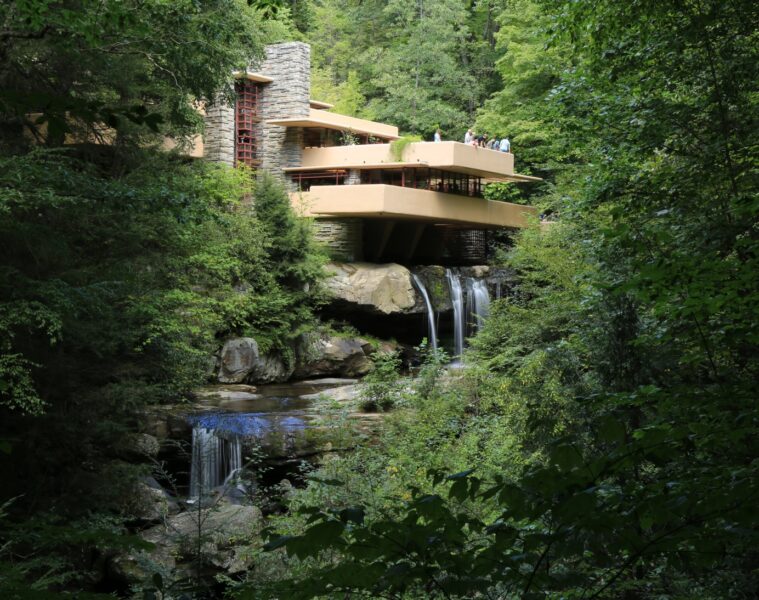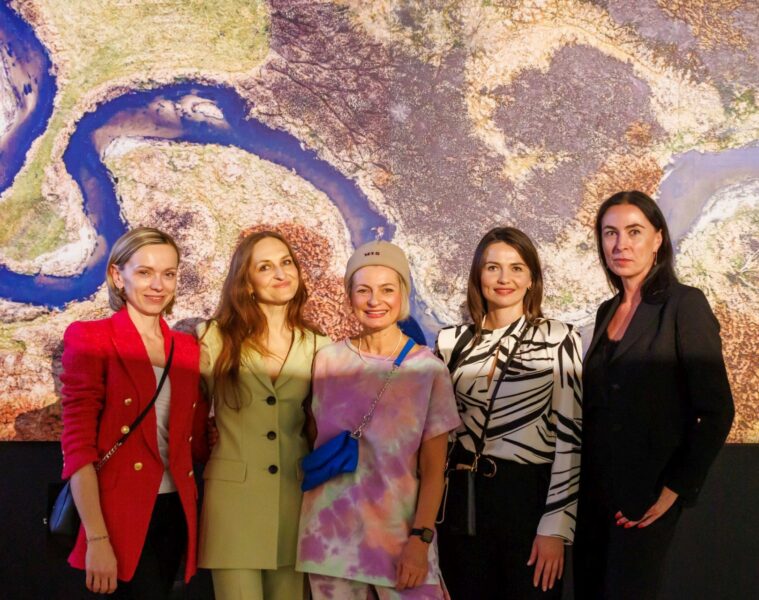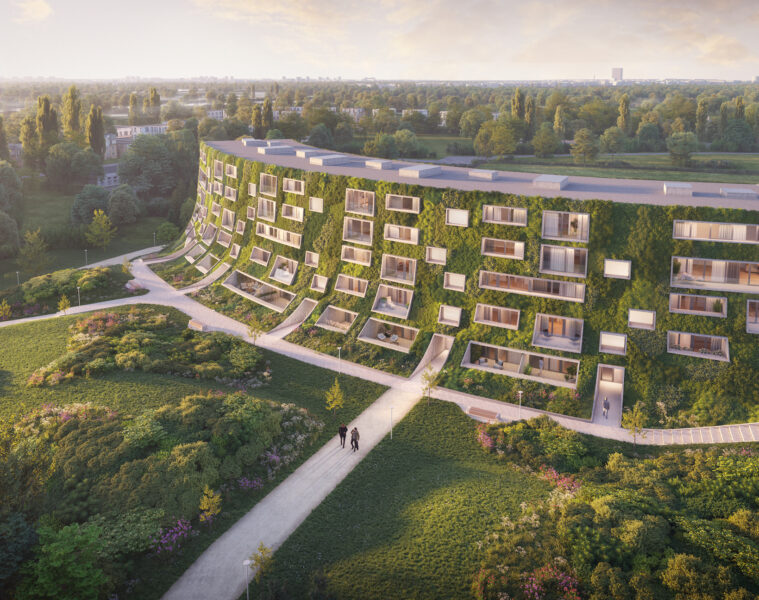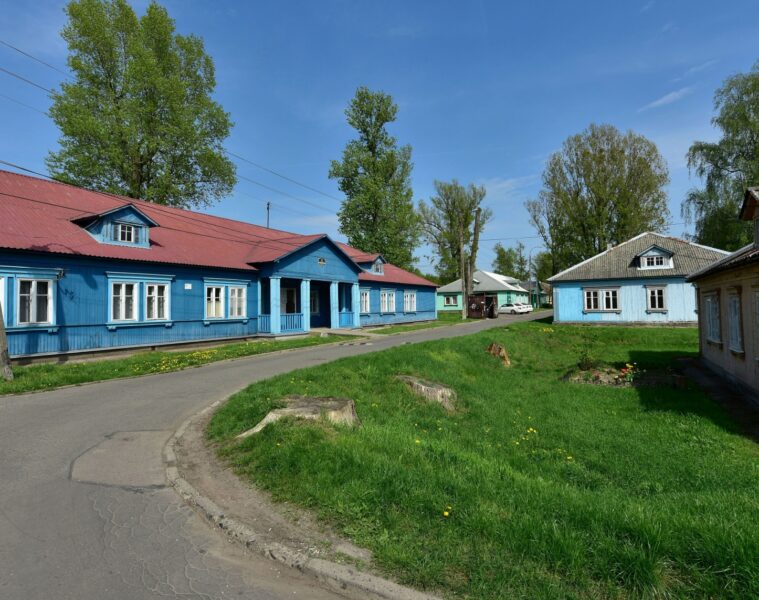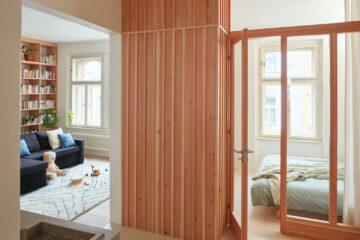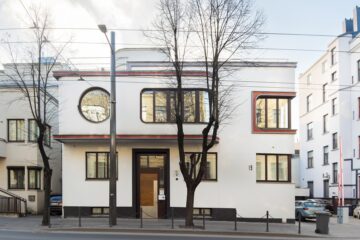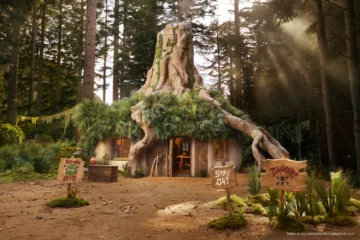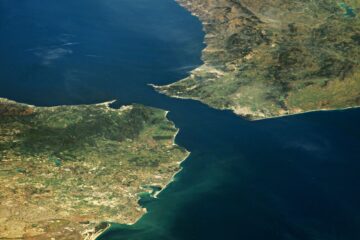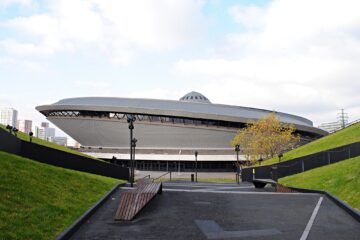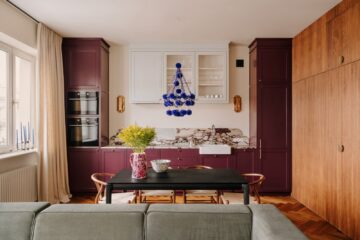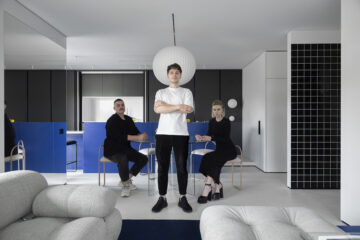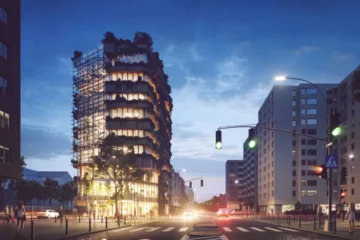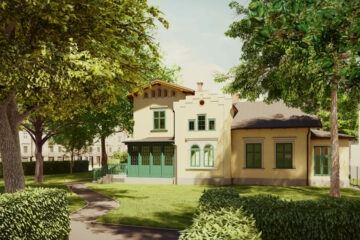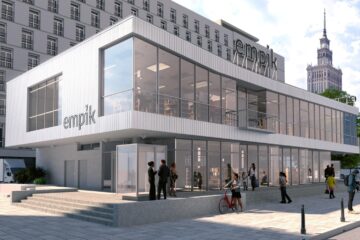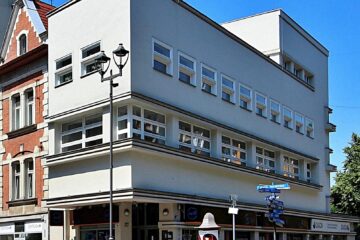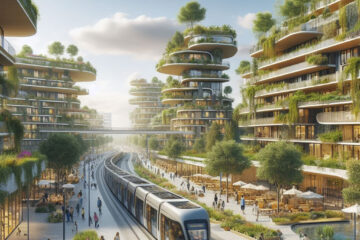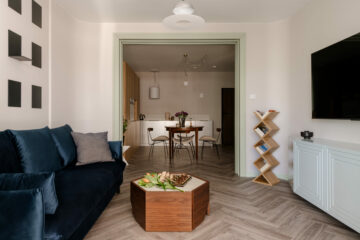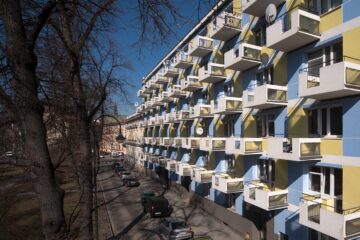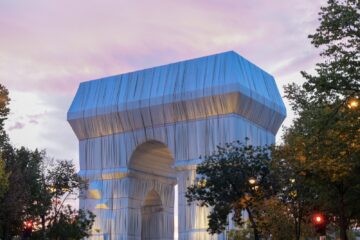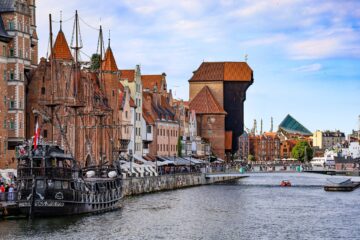One of the most beautiful Baroque palaces of the former First Republic, the Sapieha Palace, is being restored in Vilnius’ Antokal district. Restoration work began already in 2012 and is expected to be completed this autumn. The palace’s façade will regain its original appearance – an intricately decorated, sumptuous baroque robe
The estate was built between 1691 and 1697 for Grand Hetman Casimir Jan Sapieha of Lithuania, to a design by Giovanni Pietro Perti. The dazzling building was to be a testament to Sapieha’s power, who was competing with Jan III Sobieski for the royal throne. The interior was decorated with frescoes by Michelangelo Palloni – in Warsaw well known, for example, from the Camaldolese church in Bielany. The piano nobile (the floor housing the representative rooms and the owner’s living quarters) was decorated with Dutch faience tiles and mosaics depicting coats of arms, landscapes, churches and castles owned or built by the Sapiehs. The property has been compared to country residences of the period, the prototype of which is probably the Palace of Versailles
The palace before reconstructions. Jakub Šolma, Public domain, via Wikimedia Commons

The building was destroyed in 1700 by the confederated nobility during the Lithuanian civil war. The palace was rebuilt and in 1809 the Russian government bought it and adapted it as a military hospital. The edifice then lost its alcove helmets and tympanum. The rich interiors were also destroyed and the loggia arcades were bricked up. In the interwar period, the partially renovated building housed the Hospital of the Stefan Batory University in Vilnius. During the Second World War it was again used as a military hospital. The Soviet and independent Lithuanian times led the palace to ruin. Changes came in 2012. Works carried out for more than ten years are expected to restore the palace to its original Baroque splendour
The Sapieha Palace before and at an advanced stage of restoration work. Photo: www.15min.lt and Julijus Balčikonis
Facade from the garden side in 2015 and 2021. Photo by Julijus Balčikonis and Wojsyl, CC BY-SA 3.0, via Wikimedia Commons
According to the Polish-language portal of Radio Znad Wilia, a Cultural Education Centre is planned to be opened in the building. Exhibitions are to cover various periods, depicting the historical dynamics of cultural and artistic development. Exhibitions, tours, educational programmes, concerts, conferences are planned in the palace, and special spaces will be made available for the display of works by contemporary Vilnius artists
Source: Reconstructions and reconstructions, madeinvilnius.lt
Read also: Architecture | Metamorphosis | Renovation | Monument | History | Villas and residences | Lithuania | Palace

